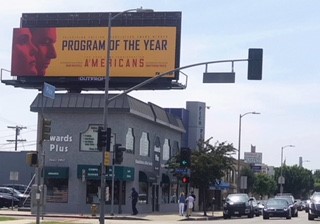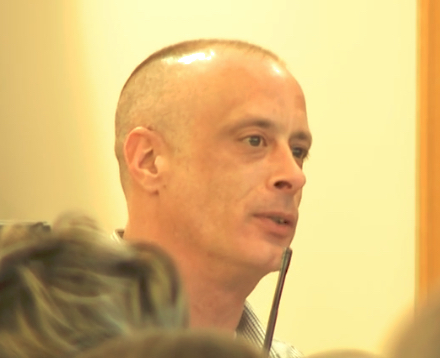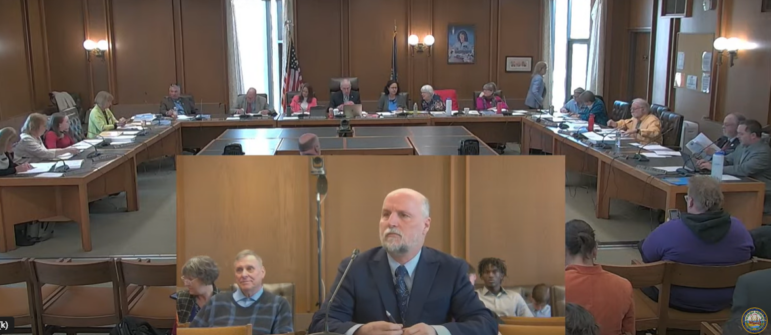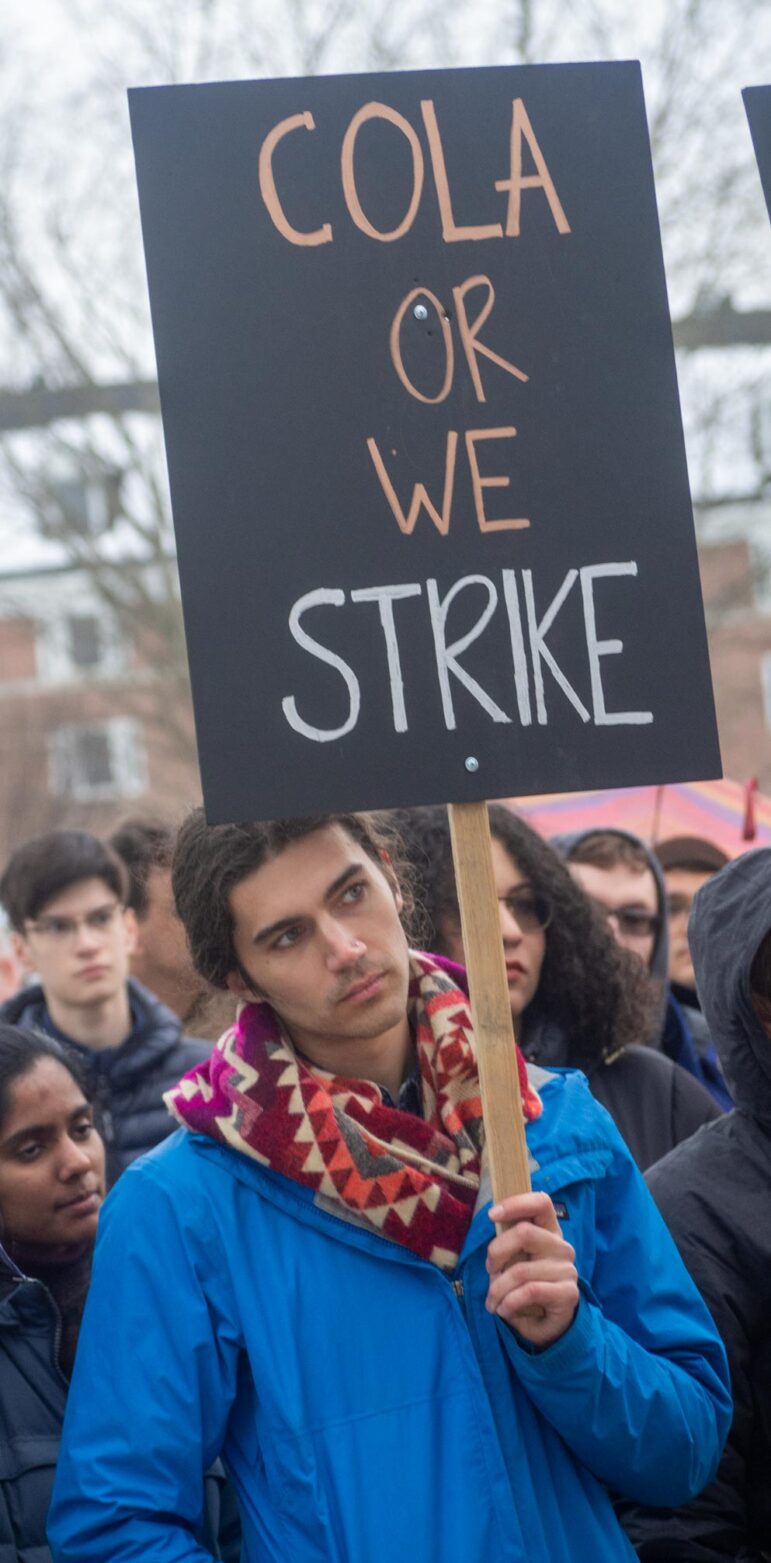By Mark Okrant, NH Travel Guru
On October 22nd of 1965, President Lyndon Johnson performed the ultimate “happy wife-happy life” gesture by signing the Highway Beautification Act (HBA) into law. Long championed by his wife, Lady Bird, the HBA limited billboards and other forms of outdoor advertising, as well as a range of unsightly activities on the sides of the interstate highway system. By doing this, the intention was to encourage more positive forms of growth and the presence of green areas along federally funded roadways.
To her lasting credit, Mrs. Johnson exhibited an understanding of the concepts of sustainability and the ecosystem many years before these were adopted by the public at large. Until her dying day, Lady Bird continued to be a strong voice for conservation of the country’s natural areas.

Mark Okrant
Not everyone greeted the HBA with open arms, as many business groups and advertisers, with the support of the Republican Party, labored behind the scenes to take some sting out of the legislation. We can see their impact in the variation among supporting laws adopted by the respective states. Only four states—Vermont, Maine, Alaska, and Hawaii—completely forbade billboards. Others, including New Hampshire, developed complex rules about the construction and placement of these roadside posters.
What are billboards and what is the cost to rent these spaces? Merriam-Webster defines a billboard as a large, flat outdoor poster displaying one or more advertisements, and typically situated in high traffic areas. These are designed to reach large numbers of passing drivers, passengers, and pedestrians. Traditional billboards are 12 by 25 feet in size. Monthly rentals vary tremendously, typically from $1500 to $5000 per month, based on the size and estimated traffic passing the site.
As I write this column in Los Angeles, billboards are regarded as essential tools for advertising everything from apartments to restaurants to the latest movie or television program. Many LA billboards are colossal, up to 14 by 48 feet in size; and rents for a strategically placed billboard may run as high as $25,000 per month.
Is the investment worth the expense to design and manufacture an ad, then rent a prime space? In greater Los Angeles—where the resident population reached 18.7 million (2015) and the count of annual visitors totaled 48.3 million (2017)—the answer is most assuredly yes.
A 2017 Nielsen Poster Advertising Study found that these giant posters produce 47 percent recall on average, and are especially effective in reaching Millennials and younger audiences (note: their effectiveness decreases substantially among people who have passed their mid-forties).
So, are billboards an effective means of promoting visitation to New Hampshire? The New Hampshire Division of Travel and Tourism Development (DTTD) believes that is the case. Strict laws limit the erection or maintenance of billboards adjacent to this state’s federally funded roads. However, this has not prevented DTTD from placing traditional and digital billboards to promote visitation in Boston, New York City, Hartford CT, Portland ME, Providence RI, and parts of Canada.
New Hampshire lacks LA’s enormous auto borne audience; so, are billboards a worthwhile investment for DTTD? Recent research, including the Arbitron National In-Car Study, supports this initiative. Arbitron tells us that 71 percent of drivers and/or their passengers consciously look at billboards; and 58 percent learn about an event or restaurant they later patronize.
When one considers the importance of tourism to New Hampshire’s economy, and the need to lure younger generations to replace the large, but aging Baby Boomer audience, DTTD’s decision to invest in billboards makes a great deal of sense.
In April 2017, after forty years as an educator, researcher, consultant, and mystery writer, Mark Okrant joined IndepthNH.org. Mark shares his insight about the travel and tourism industry, focusing upon its importance to New Hampshire. From time to time, he’ll spin a humorous story or two, always looking to educate us about the industry he loves.
Learn more about Mark’s tourism-based Kary Turnell murder mystery series by visiting www.markokrant.com.
For information on current things to do in New Hampshire, go to:





